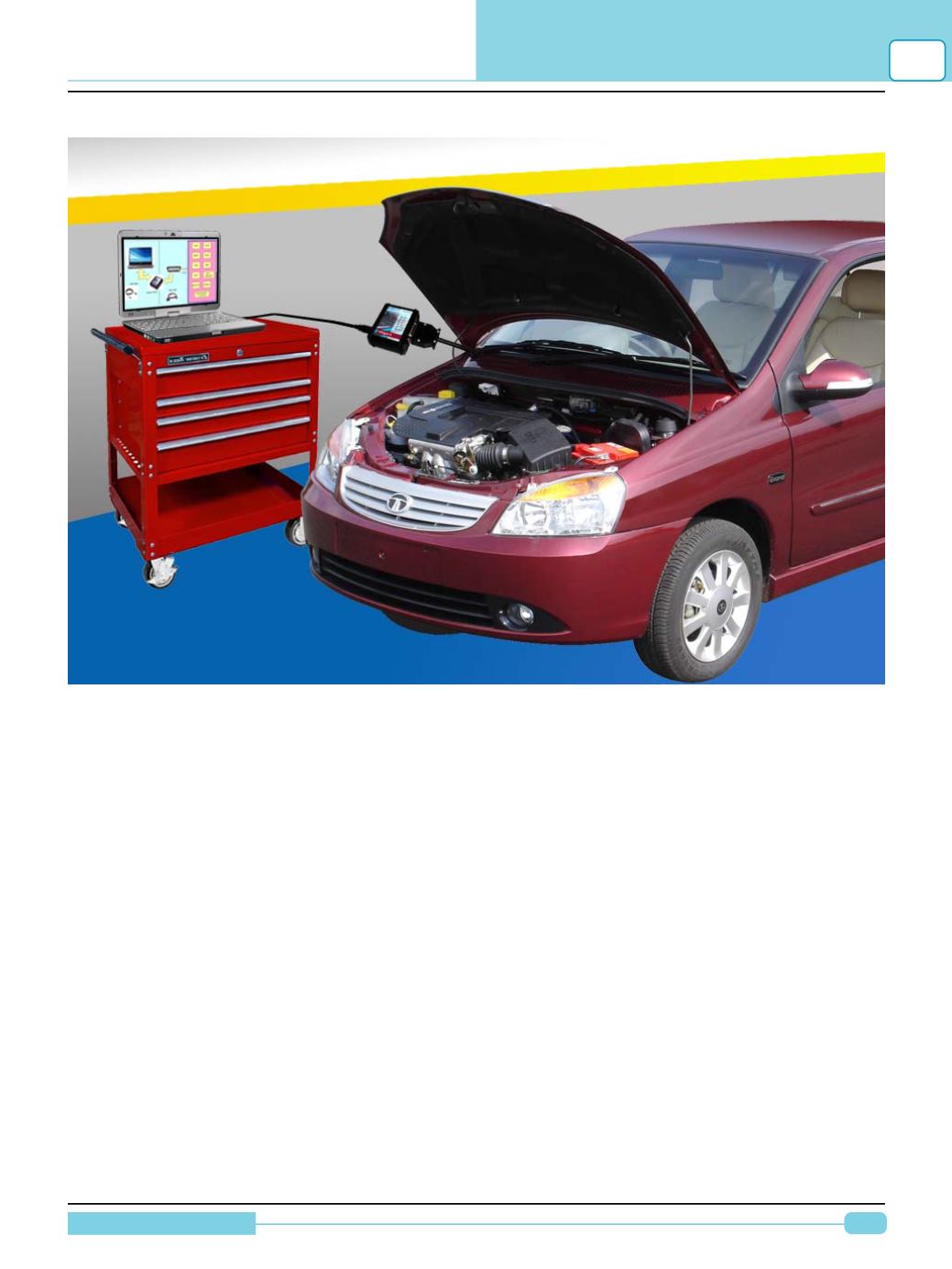

9
Diagnostic Manual
VEHICLE DIAGNOSTICS
2
VEHICLE DIAGNOSTICS
Prior to the integration of control units in vehicles,
technician often had to perform the random
checks to narrow down the suspected area of
problem based on clues and putting together all
of them to diagnoses and fix the problems. This
process of diagnosis was very time consuming &
inaccurate sometimes.
With the introduction of electronic control units
(ECUs) in automobiles, however, the task of
vehicle diagnostics has become simpler. Through
the use of ECUs, technicians can take advantage
of onboard diagnostics to aid them in identifying
possible causes and resolving malfunctions.
Virtually, today all modern vehicles equipped with
On-board diagnostics (OBD), which work with the
ECU to monitor various sub systems & sensors
throughout the vehicle, and log diagnostic trouble
codes (DTC’s) when problems are encountered.
Let’s move forward & understand what OBD is?
Vehicle diagnosis is the technique possessed by
the technician for identifying and analyzing the
possible causes for resolving the customer
complaints.
Historically, effective vehicle diagnostics relied on
the individual skill & competence of a technician,
being able to use visual or audible clues to
correctly assess a vehiclemalfunction. Symptoms
of a mechanical problem can range from the
obvious, such as oil leaking from a faulty seal, to
the indirect, such as rough engine idling. Techni-
cian’s may use wide range of tools & techniques
in conducting vehicle diagnostics, ranging from
physical checks to diagnostics tool based
analysis. Sometimes we may come across
mysterious or intermittent nature of mechanical
problems, in such cases, effective diagnostic is
critical to successful repairs and the smooth
running of any vehicle.

















